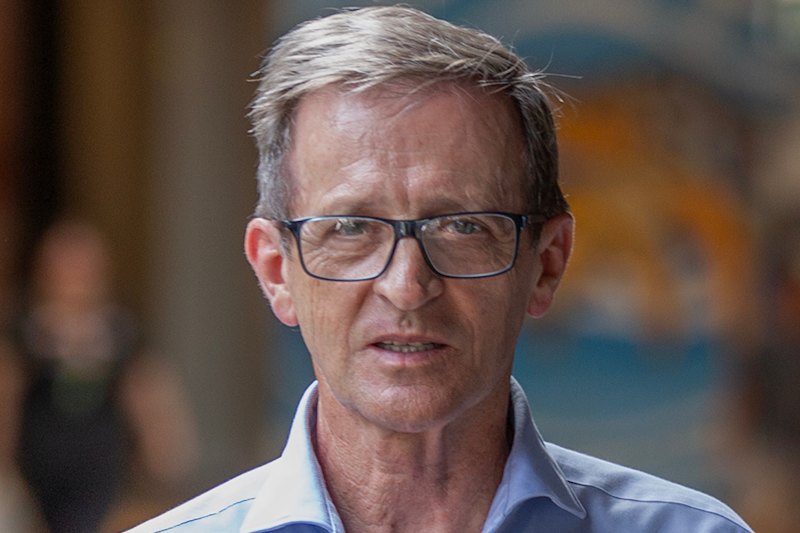Canberra, Hobart and Sydney see record price differences between houses and units
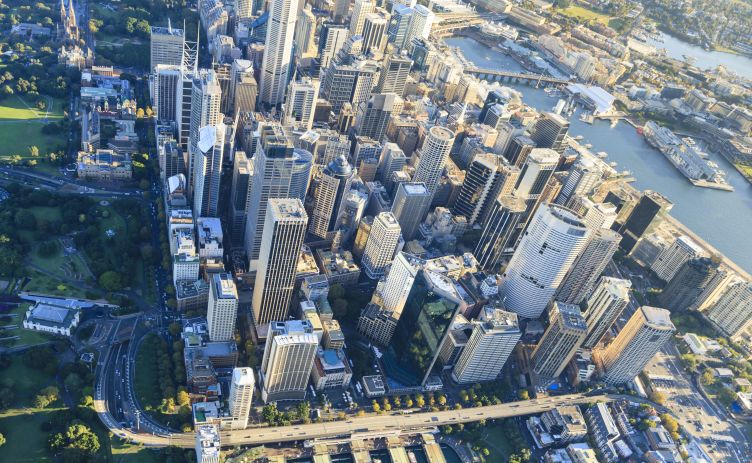
Apartment owners are finding it harder than ever to upsize to a house in some Australian cities, new analysis shows.
The price gap between an apartment and a house has reached record highs in Sydney, Canberra and Hobart, on Domain data, and has also been widening this year in Melbourne and Brisbane.
It comes as owner-occupier buyers have been competing for larger houses with backyards during the COVID-19 pandemic as they spend more time at home, while investors have been cautious about buying units while borders are closed to international students and travellers.
Economists have also been upgrading their property price forecasts, with Westpac yesterday predicting there will be no further price falls and 4 per cent price growth next year.
Canberra unit owners face the biggest hurdle in upgrading, with an 83 per cent difference in the median price of apartments and houses – the largest in the nation.
In the September quarter, the nation’s capital had a median house price of $817,810 and unit median of $447,143 – a massive $370,667 difference.
Sydney also recorded its highest house and unit price difference in the September quarter, with a 58 per cent gap.
With a median unit price of $732,423, and a median house price of $1,154,406, upgraders face a whopping $421,983 difference.
 Sydney house prices back on the rise, but unit market remains weaker: Domain House Price Report
Sydney house prices back on the rise, but unit market remains weaker: Domain House Price Report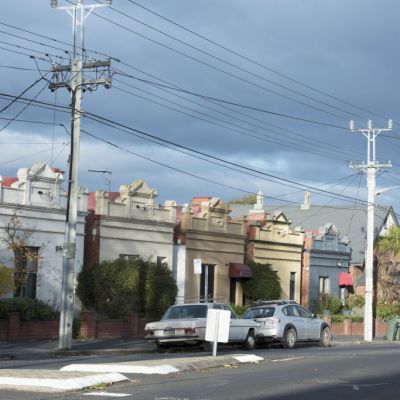 Hobart real estate prices continue to rise to record levels
Hobart real estate prices continue to rise to record levels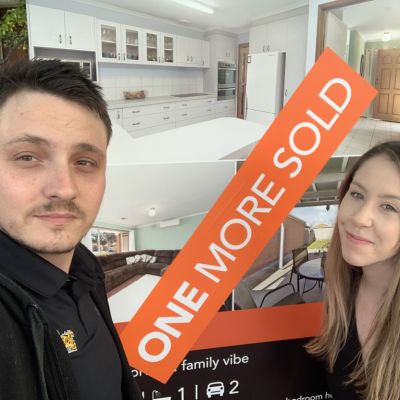 First-home buyers and upsizers drive double-digit house price growth across Canberra suburbs: Domain report
First-home buyers and upsizers drive double-digit house price growth across Canberra suburbs: Domain report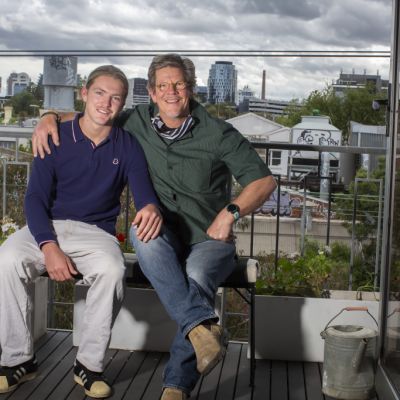 Melbourne property prices flat but short-term rebound predicted: Domain House Price Report
Melbourne property prices flat but short-term rebound predicted: Domain House Price Report
Difference in price between houses and units – National
| Capital city | Record gap | Current gap |
| Canberra | Sept 2020 – 83% | 83% |
| Sydney | Sept 2020 – 58 % | 58% |
| Hobart | Sept 2020 – 44% | 44% |
| Melbourne | Dec 2017 – 78 % | 63% |
| Brisbane | June 2020 – 57 % | 55% |
| Adelaide | Dec 2019 – 75% | 70% |
| Perth | Sept 2000 – 70% | 59% |
Source: Domain Research House
Hobart also had a record price gap between houses and apartments of 44 per cent between the median $555,754 house price and $384,672 unit price – a difference of $171,082.
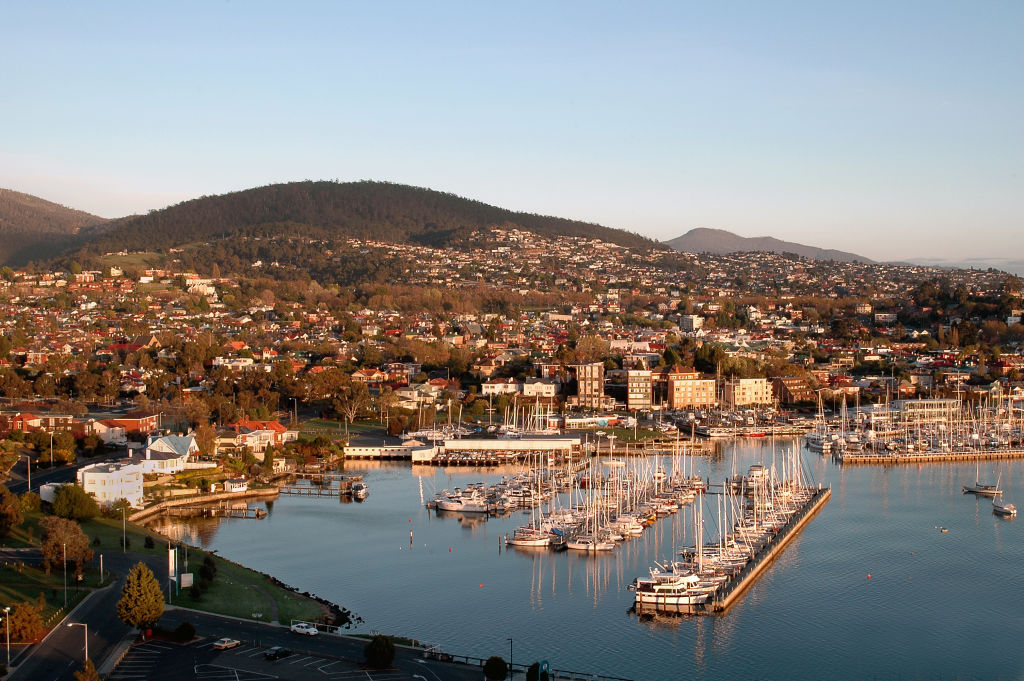
Other cities such as Melbourne and Brisbane had seen growing price gaps between houses and units this year, though not to record levels, Domain senior research analyst Nicola Powell said.
More buyers were wanting houses as the coronavirus crisis had changed people’s wants and needs in properties, including wanting more space to breathe.
“Housing preferences have changed this year and houses are seeing a greater level of interest from buyers,” Dr Powell said. “What we’re seeing is that there are a lot more apartments on the market and a higher percentage difference in areas that have a higher supply.”
Dr Powell said the growing difference in prices would make it harder for those looking to upsize to a home, especially in areas where differences were at a record level.
“This widening price gap will make the financial leap from a unit to owning a house much harder,” she said.
Buyers, including investors, have been particularly cautious of getting into the market where rental apartments have been affected by COVID-19.
Some inner-city apartments were struggling to find tenants with international students, migrants and travellers kept out of the market by the closed Australian border.
“Investors are being cautious,” Ray White NSW chief auctioneer Alex Pattaro said. “They’re scared they won’t get the rent paid. First-home buyers are stretching themselves to buy a small house in suburbs further away from the CBD.”
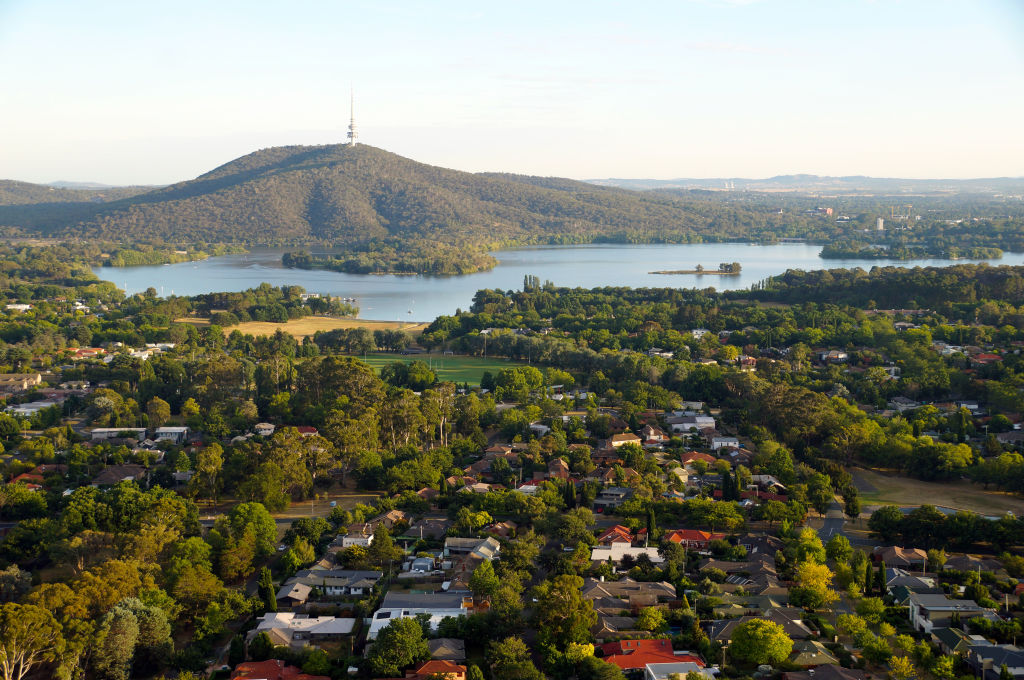
Those buying their first home in Sydney were now moving to areas like Parramatta, St George and Canterbury to pay just over $1 million for a home rather than an apartment, he said.
The gap in prices was not surprising for agents like Mr Pattaro, but EY Oceania chief economist Jo Masters thought the situation was a relatively unusual one during an economic downturn.
“Usually in a recession, people are looking to buy a cheaper house, but we’ve seen rents so weak the demand fell away as international students couldn’t get into Australia,” Ms Masters said. “It’s seen investors leave the market.”
A lack of interstate and international travellers had seen short-term rentals added to the long-term rental listings, particularly in Sydney.
Even so, hopes are high of an effective COVID-19 vaccine coming to Australia early next year, which could see international borders reopen and the unit market start to recover.
Angie Zigomanis, director of residential research and strategy with advisory firm Charter Keck Kramer, said once the state borders opened, it was possible more investors would look to invest in states like Queensland.
The market could change to see those who had moved to regional areas now looking to buy a city apartment as a base for their working week, he said.
The growing gap had been a complete turnaround from last year, when unit prices were performing better than houses.
“The market is being dominated by owner-occupiers rather than investors,” Mr Zigomanis said. “Investors are discretionary buyers so they can afford to wait.”
We recommend
We thought you might like
States
Capital Cities
Capital Cities - Rentals
Popular Areas
Allhomes
More




